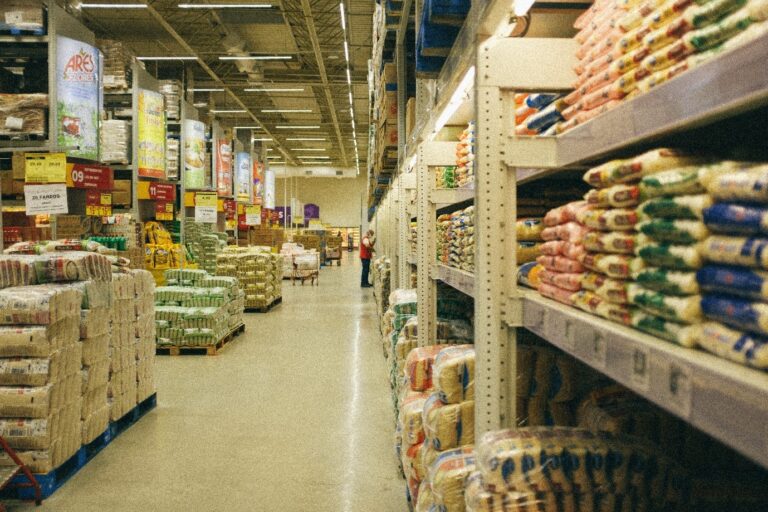
In the fast-paced world we live in today, the convenience of online shopping has become an integral part of our daily lives. E-commerce websites offer a variety of options, allowing us to purchase everything from clothing to electronics with just a few clicks and delivering the same to our door step. However, when it comes to shopping for packaged food products, is online marketplace truly the panacea it’s often portrayed to be?
Traditional market players in the packaged food industry have long been the backbone of our communities. Local grocery stores and supermarkets offer a personalized touch, a familiar face behind the counter, and the assurance of quality that comes from a trusted source. In the rush towards the digital era, it’s crucial to ponder whether over-dependence on online orders is truly the way forward.
The Pros of E-commerce for Packaged Food Shopping:
1. Convenience and Time-Saving:
E-commerce websites provide the convenience of shopping from the comfort of our homes. With busy schedules, this time-saving aspect is undoubtedly a boon.
2. Wider Variety and Accessibility:
Online platforms offer an extensive range of packaged food products, including specialty items that might not be readily available in local stores. This variety appeals to consumers with specific dietary preferences or those seeking unique culinary experiences.
3. Discounts and Deals:
Regular promotions and discounts on e-commerce platforms make online shopping attractive from a cost-saving perspective. Bundled deals and loyalty programs add to the appeal for price-conscious consumers.
The Cons and Caution:
1. Quality Assurance: Traditional markets allow consumers to inspect products firsthand, ensuring the quality and freshness of their purchases. In the online platforms, the inability to physically examine items before buying can lead to dissatisfaction with the received products.
2. Supporting Local Businesses:
Over-reliance on e-commerce can threaten the survival of local grocery stores and small businesses. These establishments play a vital role in the community, contributing to local economies and fostering a sense of community.
3. Environmental Impact: The packaging and transportation associated with online orders contribute to a significant carbon footprint. Supporting local markets often involves fewer transportation miles and promotes a more sustainable shopping experience.
Striking a Balance:
In the pursuit of convenience, it’s crucial to strike a balance between the advantages of e-commerce and the importance of sustaining traditional market players in the packaged food industry. While online shopping offers unparalleled convenience, supporting local businesses ensures the vibrancy of our communities.
As consumers it is important to know how to strive towards a balanced approach, leveraging the advantages of both e-commerce and traditional markets. Exploring local grocery stores for everyday essentials and turning to online platforms for unique or hard-to-find items can help us maintain a healthy and sustainable shopping routine.
In conclusion, the key lies in finding equilibrium – appreciating the convenience of online shopping while acknowledging the invaluable role played by traditional market players. By doing so, we can ensure a thriving and diverse marketplace for packaged food products that meets the needs of consumers today and for generations to come.